The U.S. Citizenship and Immigration Services issued a new Policy Guidance on June 24, 2022, regarding inadmissibility under section 212(a)(9)(B) of the Immigration and Nationality Act. This is one of the worst laws in the United States, so any changes to policy that aid people is very welcome. A noncitizen is inadmissible under INA 212(a)(9)(B) if the noncitizen accrues more than 180 days of unlawful presence, departs, or is removed (whichever applies), and again seeks admission within 3 years or 10 years, respectively, after the departure or removal.
Under this updated policy guidance, a noncitizen who again seeks admission more than 3 or 10 years after the relevant departure or removal, is not inadmissible under INA 212(a)(9)(B) even if the noncitizen returned to the United States, with or without authorization, during the statutory 3-year or 10-year period.
This is the first time that USCIS has issued official guidance on the effect of returning to the United States during the 3-year or 10-year period after departure or removal, although it reflects previous informal statements. The problem is it was enforced inconsistently. Our office had a case denied because the Dallas Field office informed our client that the 10 years had to be outside of the country despite that not being written anywhere in the law. Thankfully this policy should fix that error. This policy is consistent with two federal district court decisions, which concluded that the statutory 3-year and 10-year periods run from the date of departure or removal (whichever applies) without interruption. See Neto v. Thompson, 506 F.Supp.3d 239 (D.N.J. Dec. 10, 2020); Kanai v. Department of Homeland Security, No. 20-05345, 2020 WL 6162805 (C.D.Cal. Aug. 20, 2020).
This policy is effective immediately and applies to inadmissibility determinations made on or after June 24, 2022.
Policy Highlights and Considerations
- USCIS does not consider a noncitizen who has accrued more than 180 days of unlawful presence and has departed or been removed (whichever applies) inadmissible under INA 212(a)(9)(B) unless the noncitizen again seeks admission to the United States within the statutory 3-year or 10-year period after departure or removal (whichever applies) following accrual of the requisite period of unlawful presence.
- A noncitizen’s location during the statutory 3-year or 10-year period and the noncitizen’s manner of return to the United States during the statutory 3-year or 10-year period are irrelevant for purposes of determining inadmissibility under INA 212(a)(9)(B).
- The statutory 3-year or 10-year period begins to run once the noncitizen departs or is removed (whichever applies) and continues without interruption from that date until 3 or 10 years after such departure or removal.
- This policy guidance does not provide relief to noncitizens who are subject to inadmissibility under the “Permanent Bar” at INA 212(a)(9)(C). That is a whole other problem.


